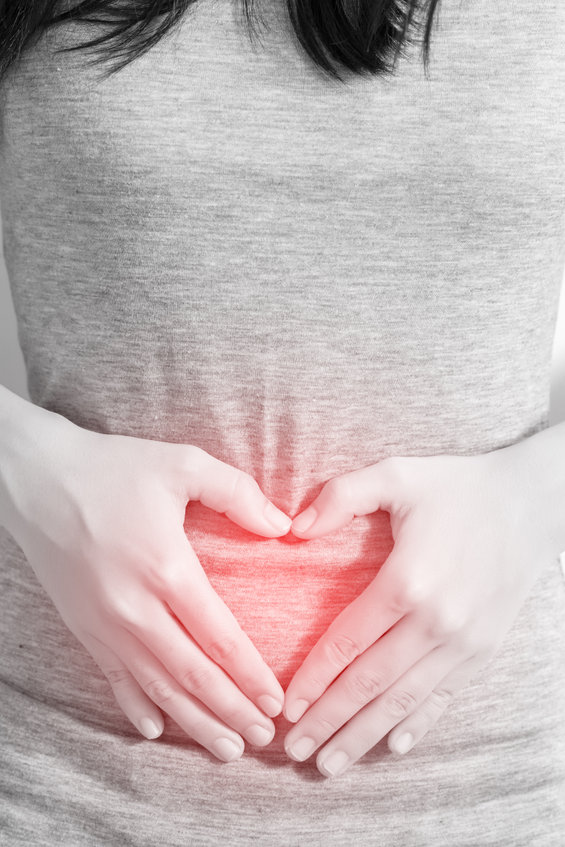Magnesium and the menstrual cycle: how are they related?
Magnesium is a powerful ally for our health during all periods of life, particularly those that are very stressful or tiring. For women, this means two weeks a month: before their period and when the menstrual flow actually appears.

The female body, from pre-adolescence (11-13 years) until the menopause, is governed by a delicate hormonal balance, affecting various aspects of physical and psychological well-being.
It is estimated that 1 in 3 women suffer from dysmenorrhea, i.e., stomach cramps (so-called “period pains”), which can run as far as the lower back, at times accompanied by nausea, diarrhoea, headaches and dizziness. The main cause of period pains is an increase in prostaglandins, which stimulate uterine contractions causing more or less acute pain, especially during the first 2 days of the menstrual flow.
So how does magnesium acts on menstrual symptoms? First of all, magnesium performs an essential muscle function, as it intervenes directly in the muscle contraction and relaxation process. During the period, the stocks of magnesium in our body help to fight cramps and stomach pains, on one hand by relaxing the smooth muscles in the uterus and on the other by reducing the prostaglandin levels that cause menstrual pain.
Magnesium contributes to normal functioning of the nervous system and supports psychological function, helping us to reduce the feeling of tiredness during the menstrual cycle. And by restoring the balance of neurotransmitters, magnesium also positively affects mood swings, stress and headaches linked to periods.
When to take magnesium during the menstrual cycle
It is worth underlining that magnesium is not an analgesic or anti-inflammatory product. So we should not expect to be able to take it as if it was medicine, seeing the benefits in a short time.
For magnesium to be effective in fighting menstrual symptoms and pain, we have to start to take it every day at least a week before the period and until the end of the flow.
Many scientific studies have demonstrated the effectiveness of magnesium in preventing premenstrual tension (PMT), which affects 80-90% of fertile women.
How much magnesium should we take before and during the period?
Recommended magnesium dose levels do not vary during the cycle but according to age. For adult women, the recommended intake of magnesium is 320 mg a day.
The recommended dose of magnesium helps to maintain stable levels of magnesium in the body which should normally be met through a balanced, healthy diet rich in cereals, fibre and pulses (find out which foods with most magnesium should be included in your diet). But this is not always sufficient: hectic life styles, stress, a diet that is not always balanced, or even very intensive sporting activities make our body consume more magnesium than the diet alone can restore.
This is why it can be useful to take magnesium supplements to support daily intake needs. With UltraMag® a single sachet per day is enough to ensure 100% of the DRV (Dietary Reference Value) of magnesium. Thanks to the sucrosomial® membrane that coats and protects the mineral, UltraMag® improves magnesium absorption and makes it immediately bioavailable to the body.
